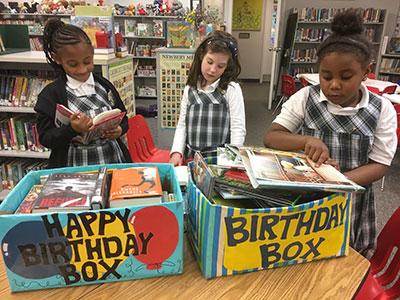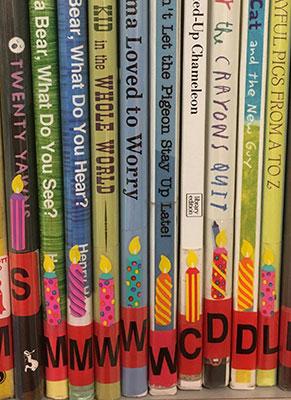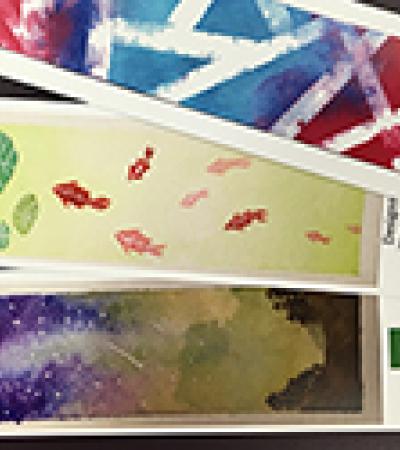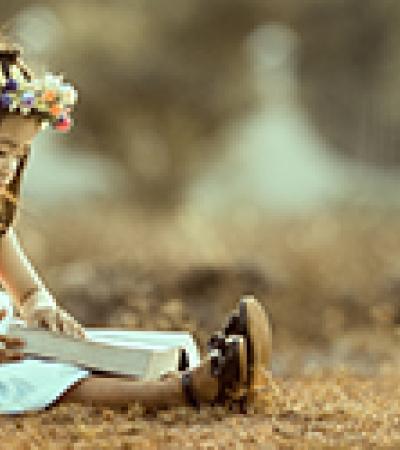Birthdays are a big deal for just about every kid in America — anticipating the day, hoping for presents, making a wish and blowing out the candles. Why not prolong the excitement of the special day by inviting your students or patrons to celebrate a birthday with the library?

Hosting a Birthday Book Program encourages the donation of a new book in honor of a child’s birthday, creating a memorable way to celebrate a birthday, a boost to collection development, and most importantly, a way to connect a child to the library in a significant way.
The preparation
Purchase and fully process an assortment of high-interest books. Choose books that are sure to be popular with your students: books on dinosaurs, pets, animals, jokes, etc. Include fiction and nonfiction, picture books and chapter books. Over the years I’ve learned that students prefer titles that are familiar, so include books that are currently popular or classics that might need an updated copy in the library ("Harry Potter," "A Light in the Attic," "Little House on the Prairie," "Charlie and the Chocolate Factory").
Once you've collected the donatable titles, create a place to hold these new-but-not-yet-circulating books. Decorate a sturdy box with birthday wrapping paper. These books won’t circulate until they are selected as a birthday book, but should be ready and waiting for a child ready to celebrate a birthday.
The invitation
Develop a system for inviting children, faculty or other patrons to purchase birthday books. You might send an email once a month to the school community reminding families of the library’s Birthday Book Program, or you could create a form letter that can be sent out to anyone celebrating a birthday that month. (This is a great task for parent volunteers.)

Be careful to explain the cost of the Birthday Book Program. Perhaps you want to charge a standard price of $10 to $20 for a book; $10 might not cover the entire price of a hardback book, but it certainly offsets some of the cost acquiring new titles. Explain that the proceeds are used to increase the library collection.
The selection
Once the birthday book invitations are distributed, expect a handful of students to come to the library each month, eager to browse through the “birthday box” and find the perfect book to select as a donation to the library.
Prepare an individualized bookplate with the donor’s name and relevant information. Invite families to send in a school photo that can accompany the bookplate. Check scrapbook stores for birthday candle stickers; attach a birthday candle sticker to the spine of a book to identify it as a birthday book.
Circulate!
Allow the student to be the first patron to check out the book, making sure the donor understands the birthday book is a gift to the library and will be added to the collection for others to read and enjoy.
Long after the birthday candles are blown out and the wrapping paper is thrown away, the birthday books will remain in the library collection as a gift that keeps on giving. Many children will be able to read the birthday books — and view the donor information on the bookplates — for years to come.
And that’s the real gift of the birthday book program — sharing the gift of reading with the community.



